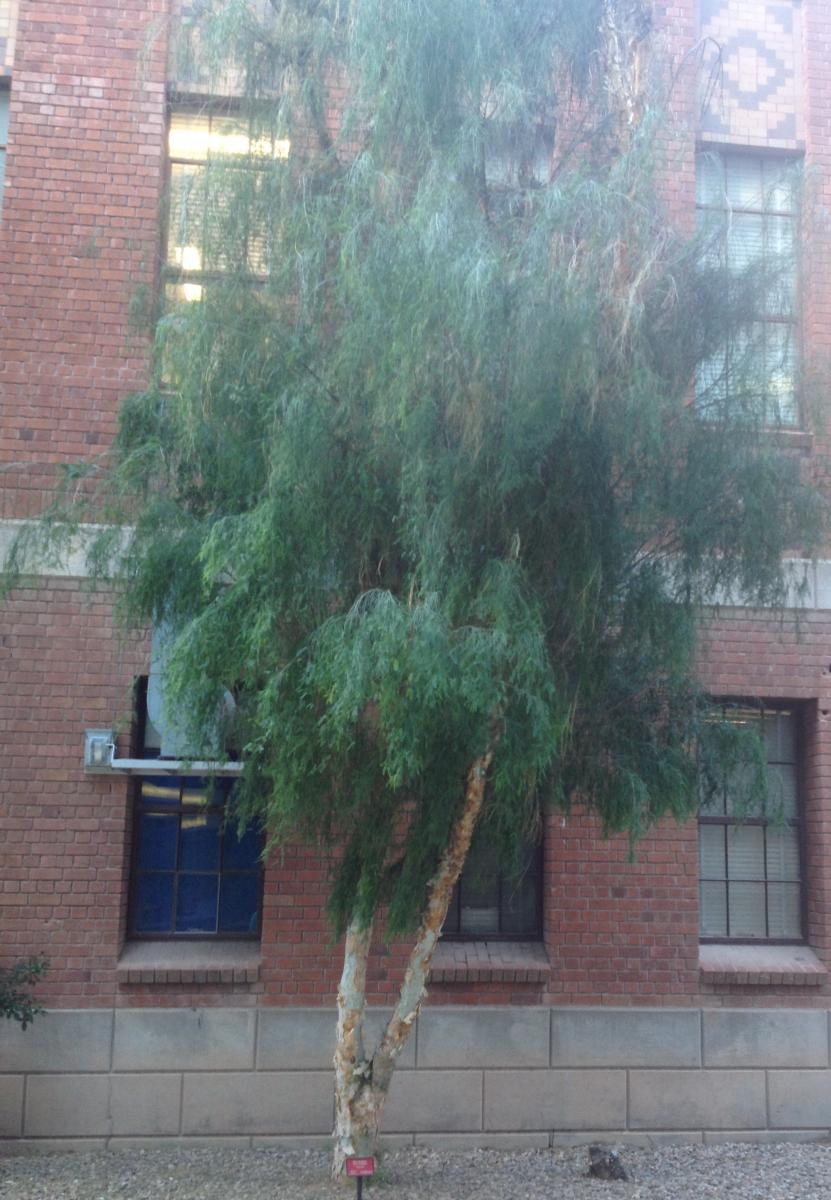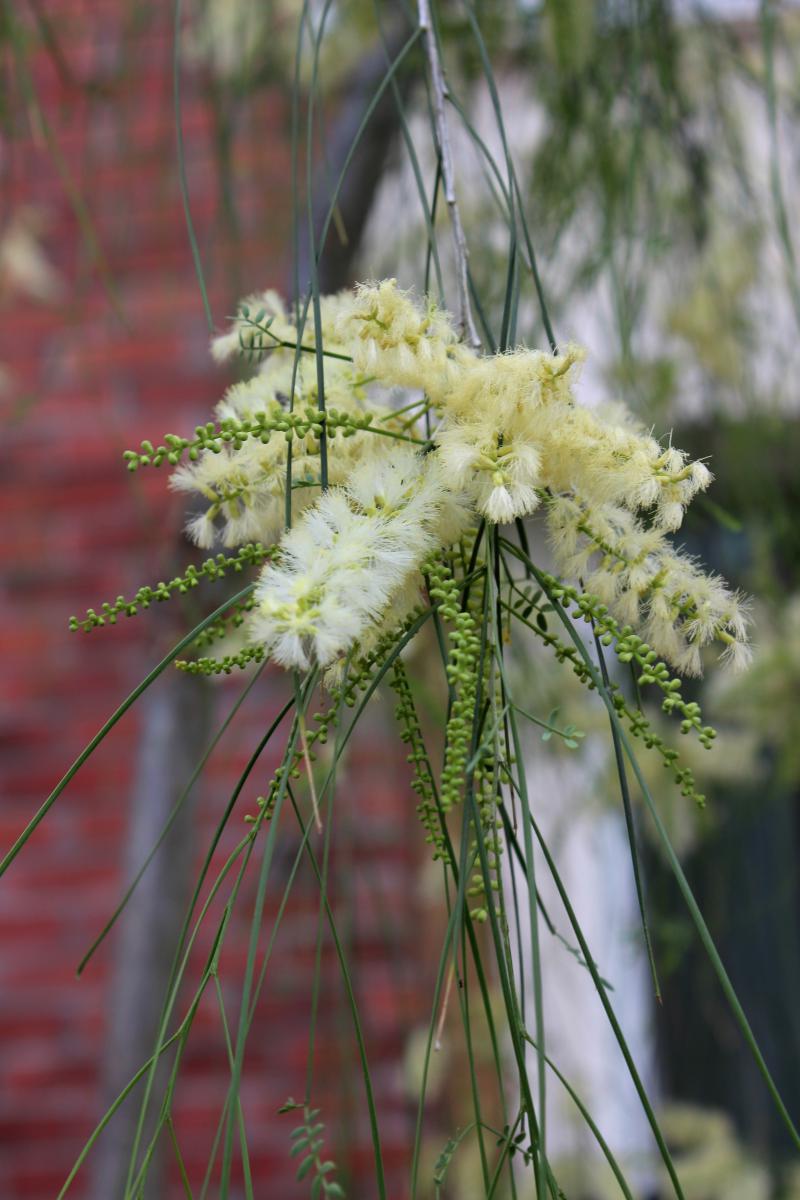Mariosousa willardiana - Palo Blanco
Palo Blanco - Ethereal Grace and Reliable Resilience.
by Scott Calhoun, Author, Photographer and Owner, Zona Gardens.
Although the Palo Blanco (Mariosousa willardiana formerly Acacia willardiana) is a wisp of a tree---it is one of my favorite species for small desert gardens. Drought and heat-tolerant in the extreme, its svelte and graceful form sets it apart from other desert trees. The trunk is its prime attraction: white exfoliating bark that peels off in scrolls large enough to write a short letter on. Small strips of bark are also used by hummingbirds as nesting material.
Origin and Adaptation:
The Palo Blanco’s native range in the Sonoran desert is on hot rocky slopes south of Hermosillo Mexico, Most sources list it as hardy to 25 degrees F (USDA Zones 9-11), but in my experience, individual seed-grown trees exhibit variations in hardiness with several specimens I’ve planted enduring a handful of nights in the mid-teens.
Landscape Use:
Its weeping shoestring-like foliage makes the tree narrow enough to be wedged into small gardens. Mature specimens will only get 10-15’ wide, and around 20’ tall. I like to plant it in “grovettes” of three, around boulders with cactus and agave plants in the understory. The white trunk also stands out handsomely when planted adjacent to colorful walls. Because of its limited cold tolerance, it is not a good choice for the coldest parts of Tucson. Palo Blancos are best planted in south or southwest exposures or sheltered microclimates in full sun. The foliage of the tree consists of long weeping phyllodes with small pinnately compound leaves. The phyllodes can be over a foot long and turn an orange color and are shed throughout fall and winter and spring until new foliage begins to grow. For this reason, it is not a good tree for near pools. For everywhere else...let Palo Blanco give a little grace to your garden!


- Log in to post comments



